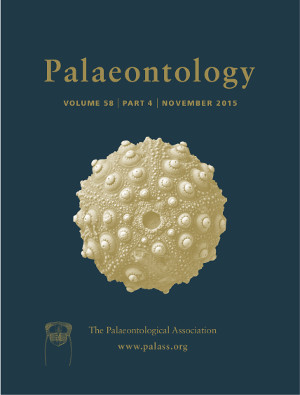Reg. Charity No. 1168330

The order Strophomenida was an ecologically abundant and taxonomically diverse group of Palaeozoic brachiopods that originated in the earliest Ordovician and went extinct in the Carboniferous. During their long geological range, the Strophomenida survived two of the ‘Big Five’ mass extinction events, the Late Ordovician and the Late Devonian, suggesting that they are potentially informative taxa for studying the evolutionary effects of these two distinct mass extinctions, each with drastically different forcing mechanisms. However, while there have been previous phylogenetic studies on smaller groups within the Strophomenida, the phylogenetic relationships of the whole group are still largely unknown. The group has been divided into two major superfamilies, the Strophomenoidea (strophomenoids) and the Plectambonitoidea (plectambonitoids). Despite being treated as separate clades, the plectambonitoids may form a paraphyletic grade into the strophomenoids. We present a detailed higher‐level parsimony‐based phylogenetic analysis of the Strophomenida, consisting of 69 characters and 62 exemplar species sampled from the majority of the taxonomically defined families/subfamilies. Several species of basal chonetids (strophochonetids) were also included in this analysis, as they may be closely related to the Strophomenida and share several characters with both the plectambonitoids and strophomenoids. The phylogenetic analysis suggests the plectambonitoids, as originally defined, are paraphyletic to the monophyletic strophomenoids. The basal chonetids are reconstructed as a monophyletic group that is sister to the strophomenoids, suggesting that their proper placement might be within the Strophomenida. The topology also suggests that at least 17 of the taxonomically defined strophomenoid and plectambonitoid families are likely to be monophyletic. The Plectambonitidae and the Taffiidae as defined are paraphyletic, and the Grorudiidae and Leptostrophiidae are polyphyletic. Furthermore, subfamilies Leptodontellinae, Dicoelostrophiinae, Palaeostrophomeninae and Aegiromeninae are raised to the level of family. When analysed within this phylogenetic context, the Late Ordovician mass extinction event had little effect on the large‐scale evolution of the group.